What are you looking for at Aqrani library?
-

Léon Gozlan
Léon Gozlan (11 September 1803 – 14 September 1866) was a 19th-century French novelist and playwright. When he was still a boy, his father, who had made a large fortune as a ship-broker, met with a series of misfortunes, and Léon, before completing his education, had to go to sea in order to earn a living. In 1828 we find him in Paris, determined to run the risks of literary life. His townsman, Joseph Méry, who was then making himself famous by his political satires, introduced him to several newspapers, and Gozlan's brilliant articles in Le Figaro did much harm to the already tottering government of Charles X.He was made a member of the Legion of Honour in 1846, and in 1859 an officer of that order. He died on 14 September 1866 in Paris, and was buried at Montmartre Cemetery.
-
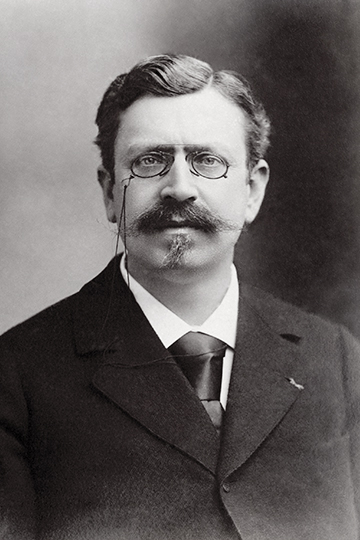
Léon Hennique
Léon Hennique (4 November 1850 – 25 December 1935) was a French naturalistic novelist and playwright. Léon Hennique, born in Basse-Terre, Guadeloupe, was the son of the naval infantry officer Agathon Hennique. He became a naturalist novelist and dramatist. He studied painting, but after the Franco-Prussian War of 1870 devoted himself to literature. he was a friend of Émile Zola, but broke with him over the Dreyfus Affair. His daughter was the symbolist poet Nicolette Hennique. He died in Paris on 25 December 1935.
-
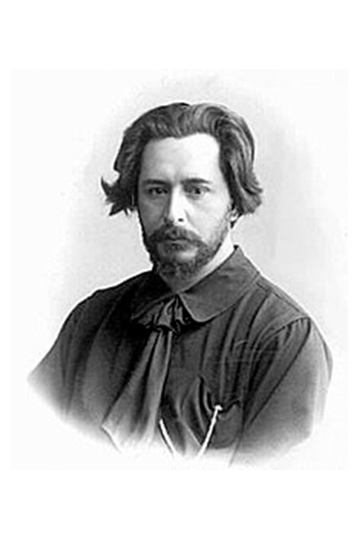
Leonid Andreïev
Leonid Nikolaievich Andreyev (21 August [O.S. 9 August] 1871 – 12 September 1919) was a Russian playwright, novelist and short-story writer, who is considered to be a father of Expressionism in Russian literature. He is one of the most talented and prolific representatives of the Silver Age period. Andreyev's style combines elements of realist, naturalist, and symbolist schools in literature. Born in Oryol, Russia within a middle-class family, Andreyev originally studied law in Moscow and in Saint Petersburg. His mother hailed from an old Polish aristocratic, though impoverished, family, while he also claimed Ukrainian and Finnish ancestry. He became police-court reporter for a Moscow daily, performing the routine of his humble calling without attracting any particular attention. At this time he wrote poetry and made a few efforts to publish it but was refused by most publishers.
-
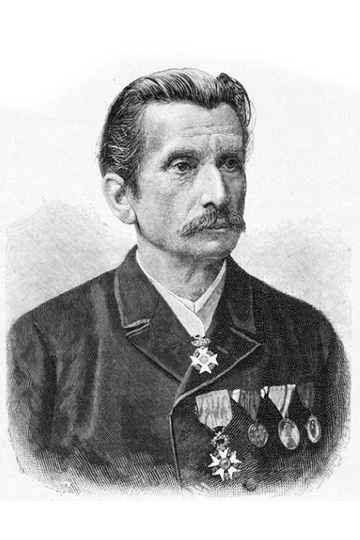
Léopold Sacher Masoch
Leopold Ritter von Sacher-Masoch (27 January 1836 – 9 March 1895) was an Austrian nobleman, writer and journalist, who gained renown for his romantic stories of Galician life. The term masochism is derived from his name, invented by his contemporary, the Austrian psychiatrist Richard von Krafft-Ebing. Masoch did not approve of this use of his name.During his lifetime, Sacher-Masoch was well known as a man of letters, in particular a utopian thinker who espoused socialist and humanist ideals in his fiction and non-fiction. Most of his works remain untranslated into English. Until recently, his novel Venus in Furs was his only book commonly available in English, Von Sacher-Masoch was born in the city of Lemberg (now Lviv, Ukraine), the capital of the Kingdom of Galicia and Lodomeria, at the time a province of the Austrian Empire, into the Roman Catholic family of an Austrian civil servant, Leopold Johann Nepomuk Ritter von Sacher, and Charlotte von Masoch, a Ukrainian noblewoman. The father later combined his surname with his wife's 'von Masoch', at the request of her family (she was the last of the line). Von Sacher served as a Commissioner of the Imperial Police Forces in Lemberg, and he was recognised with a new title of nobility as Sacher-Masoch awarded by the Austrian Emperor. Leopold studied law, history and mathematics at Graz University, and after graduating moved back to Lemberg where he became a professor.His early, non-fictional publications dealt mostly with Austrian history. At the same time, Masoch turned to the folklore and culture of his homeland, Galicia. Soon he abandoned lecturing and became a free man of letters. Within a decade his short stories and novels prevailed over his historical non-fiction works, though historical themes continued to imbue his fiction.
-
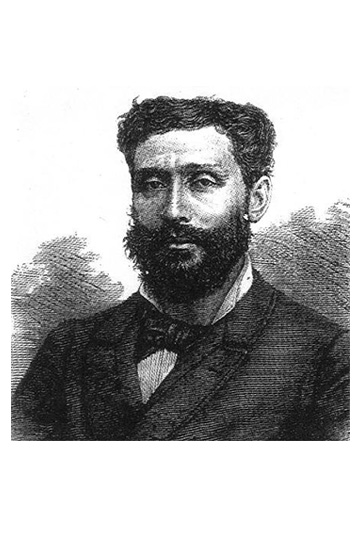
Louis Boussenard
Louis Henri Boussenard (4 October 1847, Escrennes, Loiret – 11 September 1910 in Orléans) was a French author of adventure novels, dubbed "the French Rider Haggard" during his lifetime, but better known today in Eastern Europe than in Francophone countries. As a measure of his popularity, 40 volumes of his collected works were published in Imperial Russia in 1911.A physician by profession, Boussenard travelled throughout the French colonies, especially in Africa. He was drafted during the Franco-Prussian War but soon capitulated to the Prussian soldiers, a bitter experience that could explain a nationalist flavour present in many of his novels. Some of his books demonstrate a certain prejudice against Britons and Americans, a fact which likely contributed to his obscurity and lack of translations in the English-speaking world.The author's picaresque humour flourished in his earliest books, À travers Australie: Les dix millions de l'Opossum rouge (1879), Le tour du monde d'un gamin de Paris (1880), Les Robinsons de la Guyane (1882), Aventures périlleuses de trois Français au pays des diamants (1884, set in a mysterious cavern underneath the Victoria Falls), The Crusoes of Guyana, or, The White Tiger (1885), and Les étrangleurs du Bengale (1901).
-

Louisa May Alcott
Louisa May Alcott (November 29, 1832 – March 6, 1888) was an American novelist, short story writer and poet best known as the author of the novel Little Women (1868) and its sequels Little Men (1871) and Jo's Boys (1886).Raised in New England by her transcendentalist parents, Abigail May and Amos Bronson Alcott, she grew up among many of the well-known intellectuals of the day, such as Ralph Waldo Emerson, Nathaniel Hawthorne, Henry David Thoreau, and Henry Wadsworth Longfellow.Alcott's family suffered from financial difficulties, and while she worked to help support the family from an early age, she also sought an outlet in writing. She began to receive critical success for her writing in the 1860s. Early in her career, she sometimes used pen names such as A. M. Barnard, under which she wrote lurid short stories and sensation novels for adults that focused on passion and revenge.Published in 1868, Little Women is set in the Alcott family home, Orchard House, in Concord, Massachusetts, and is loosely based on Alcott's childhood experiences with her three sisters, Abigail May Alcott Nieriker, Elizabeth Sewall Alcott, and Anna Alcott Pratt. The novel was well-received at the time and is still popular today among both children and adults. It has been adapted many times to the stage, film, and television.Alcott was an abolitionist and a feminist and remained unmarried throughout her life. All her life she was active in such reform movements as temperance and women's suffrage. She died from a stroke, two days after her father died, in Boston on March 6, 1888.
-

Lucie des Ages
Lucie des Ages French novelist born in Loudun, France on 16-10-1845 and died in 1914.
-

Marcel Dhanys
Marcel Dhanys is the pseudonym of Maria Azinières Born in: Bort (Corrèze), on April 23, 1858 and died on January 12, 1938 in Rennes where she had retired to her widowed niece Mme Louise Azinières, since November 1921, Maria who remained single took care of the sons of her niece who died. She studied at the N-D convent of Millau, then at the Collège Sévigné in Paris, where she had become an associate of letters in 1888, while teaching at the college of girls of Vitry-le-François. When she arrived in Nice, she remained there until her retirement in 1919, then directed the boarding school.
-
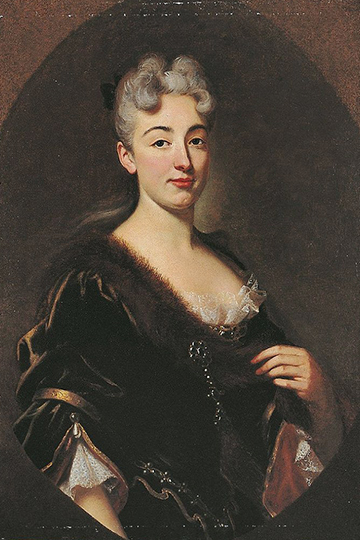
Madame de La Fayette
Christened Marie-Madeleine Pioche de La Vergne, she was born in Paris to a family of minor but wealthy nobility. At 16, de la Vergne became the maid of honour to Queen Anne of Austria and began also to acquire a literary education from Gilles Ménage, who gave her lessons in Italian and Latin. Ménage would lead her to join the fashionable salons of Madame de Rambouillet and Madeleine de Scudéry. Her father, Marc Pioche de la Vergne, had died a year before, and the same year her mother married Renaud de Sévigné, uncle of Madame de Sévigné, who would remain her lifelong intimate friend.In 1655, de la Vergne married François Motier, comte de La Fayette, a widowed nobleman some eighteen years her senior, with whom she would have two sons. She accompanied him to country estates in Auvergne and Bourbonnais although she made frequent trips back to Paris, where she began to mix with court society and formed her own successful salon. Her sister-in-law was Louise de La Fayette (1618–1665), favourite of Louis XIII of France. Some of her acquaintances included Henrietta of England, future Duchess of Orleans, who asked La Fayette to write her biography, Antoine Arnauld, and the leading French writers Segrais and Huet. Earlier on, during the Fronde, La Fayette had also befriended the Cardinal de Retz with whom her stepfather was associated. Settling permanently in Paris in 1659, La Fayette published, anonymously, La Princesse de Montpensier in 1662. From 1665 onwards she formed a close relationship with François de La Rochefoucauld, author of Maximes, who introduced her to many literary luminaries of the time, including Racine and Boileau. 1669 saw the publication of the first volume of Zaïde, a Hispano-Moorish romance which was signed by Segrais but is almost certainly attributable to La Fayette. The second volume appeared in 1671. The title ran through reprints and translations mostly thanks to the preface Huet had offered.La Fayette's most famous novel was La Princesse de Clèves.
-
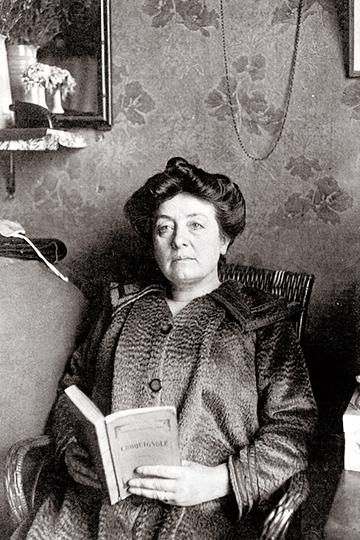
Marguerite Audoux
Marguerite Donquichote, who took her mother's name, Audoux, in 1895, was orphaned by age three, following the death of her mother and abandonment by her father. She and her sister Madeleine initially lived with an aunt but ultimately spent nine years in the orphanage at Bourges. In 1877, Andoux was put to work as a shepherdess and farm worker in the region of Sologne. There, she fell in love with a local boy, Henri Dejoulx, but his parents would not permit them to marry.Audoux moved to Paris in 1881. Desperately poor, she found occasional work as a seamstress and made ends meet with whatever menial labour could be found. She bore a stillborn child in 1883, the difficult pregnancy and labor left her permanently sterile.In Paris, she took custody of her niece, Yvonne. It was Yvonne who at age sixteen inadvertently set in motion her aunt's literary career: Yvonne, while prostituting herself (without Audoux's knowledge) in the Parisian neighborhood of the Halles, met a young man named Jules Iehl. Iehl, who also wrote under the pen name Michel Yell, was moved by the young woman's impossible situation and accompanied her home, where he met Audoux. Iehl and Audoux would remain romantically involved until 1912.Yell introduced Audoux to the Parisian intelligentsia—a group that included Charles-Louis Philippe, Léon-Paul Fargue, Léon Werth and Francis Jourdain. He also encouraged her to write her memoirs. The memoirs fell into the hands of celebrated author Octave Mirbeau and proved so compelling that Mirbeau immediately arranged to have them published.Though success and critical acclaim followed quickly on the heels of the December 1910 publication of Audoux's memoirs, her next book was ten years in the making. The Studio of Marie-Claire, published in 1920, was merely a modest success, none of her subsequent novels--From the Mill to the Town (1926), The Fiancee (1932), and finally Soft Light, (1937)--matched the success of her bestseller debut.After her death in January 1937, the novelist was buried in Saint-Raphaël, not far from the ocean she loved.